Key Takeaways
-
Fair trade chocolate ensures farmers receive minimum guaranteed prices and fair wages for their cacao crops
-
Certification standards include environmental protection and community development programs
-
Canadian consumers pay approximately 10-30% more for certified fair trade chocolate products
-
Major Canadian retailers like Metro and Loblaws stock extensive fair trade chocolate selections
-
Fair trade practices support sustainable farming and help break cycles of poverty in cacao-growing regions
-
Quality often exceeds conventional chocolate due to better farming practices and processing standards
Explore our complete fair trade chocolate collection featuring certified ethical options from trusted Canadian and international producers.
What is fair trade chocolate? This question has gained significant importance among Canadian consumers who increasingly prioritize ethical purchasing decisions. Fair trade chocolate represents a commitment to social responsibility, environmental sustainability, and economic justice in the global chocolate supply chain.
Fair trade chocolate certification guarantees that cacao farmers receive fair compensation, work in safe conditions, and benefit from community development programs. Unlike conventional chocolate trading, which often exploits farmers through volatile pricing and unfair contracts, fair trade establishes minimum price guarantees and long-term partnerships.
The Canadian fair trade chocolate market has expanded dramatically over the past decade, with major retailers dedicating shelf space to certified products and consumers demonstrating willingness to pay premium prices for ethically sourced chocolate.
Fair Trade Chocolate Meaning and Definition
Understanding fair trade chocolate requires examining the comprehensive certification system that governs every aspect of production, from farm to finished product.
Core Principles of Fair Trade Certification
Fair trade chocolate meaning encompasses multiple interconnected principles designed to create sustainable, equitable trading relationships:
Fair compensation ensures farmers receive minimum guaranteed prices that cover production costs and provide living wages. This pricing stability allows farming families to plan for the future and invest in their operations rather than surviving on unpredictable market fluctuations.
Democratic organization requires farmer cooperatives to operate transparently with shared decision-making processes. Members vote on important issues affecting their communities and participate in determining how fair trade premiums are invested.
Environmental sustainability mandates responsible farming practices that protect biodiversity, conserve water resources, and maintain soil health. Many fair trade farms transition to organic methods, further enhancing environmental benefits.
Certification Standards and Requirements
Fair trade certification involves rigorous third-party auditing to verify compliance with international standards:
-
Minimum price guarantees - Currently $2,400 per metric ton for conventional cacao and $2,600 for organic
-
Fair trade premium - Additional $240 per metric ton invested in community projects
-
Labor standards - Prohibition of child labor and guaranteed safe working conditions
-
Environmental criteria - Restricted pesticide use and biodiversity conservation requirements
-
Democratic participation - Cooperative governance and transparent financial management
Canadian Fair Trade Recognition
Fairtrade Canada serves as the national certification body, working with international Fairtrade International standards while adapting to Canadian market conditions and consumer expectations.
The organization has certified over 150 Canadian companies to handle fair trade products, creating a robust distribution network that makes ethical chocolate widely accessible across the country.
Discover the difference ethical sourcing makes with our premium fair trade selection, featuring detailed certification information and farmer stories.
History of Fair Trade Movement
The history of fair trade reveals a grassroots movement that evolved into a global certification system addressing fundamental inequities in international trade relationships.
Origins and Early Development
Fair trade concepts emerged in the 1960s when European solidarity groups began importing crafts and coffee directly from developing countries, bypassing exploitative middlemen who captured most of the value.
The first fair trade coffee appeared in Dutch shops in 1973, sold by a organization called "Fair Trade Original" that worked directly with Guatemalan coffee cooperatives. This pioneering effort demonstrated that consumers would support ethical trading practices.
Chocolate entered fair trade systems in the 1990s as awareness grew about child labor and poverty in West African cacao farming. The complexity of chocolate supply chains required more sophisticated certification systems than simpler agricultural products.
Canadian Fair Trade Adoption
Canada embraced fair trade principles relatively early, with the first certified products appearing in specialty stores during the 1980s:
TransFair Canada launched in 1997 as the country's fair trade certification body, later becoming Fairtrade Canada. The organization worked systematically to build consumer awareness and retail partnerships.
Major breakthrough moments included Tim Hortons adopting fair trade coffee in 2005, followed by significant grocery chain commitments to stock certified products prominently.
Global Impact and Growth Statistics
|
Year |
Global Fair Trade Sales (USD Billions) |
Certified Producers |
Canadian Market Share |
|
2005 |
$1.4 |
569,000 |
$89 million |
|
2010 |
$4.9 |
827,000 |
$245 million |
|
2015 |
$7.3 |
1.2 million |
$437 million |
|
2020 |
$10.2 |
1.8 million |
$612 million |
Current fair trade impact includes over 1.8 million farmers and workers across 75 countries, with Canadian consumers contributing approximately 6% of global fair trade purchases despite representing only 0.5% of world population.
Why Is Fair Trade Chocolate Important?
Fair trade chocolate importance extends far beyond individual consumer choices to encompass systemic change in global agricultural economics and social justice.
Addressing Poverty in Cacao Farming Communities
Traditional cacao farming often traps families in cycles of poverty due to exploitative pricing structures and lack of market access:
Average cacao farmer income in Côte d'Ivoire and Ghana - the world's largest producers - falls well below international poverty lines. Many farming families earn less than $1.25 per day despite producing the raw materials for a $100+ billion global chocolate industry.
Fair trade intervention provides immediate relief through guaranteed minimum prices while building long-term capacity through community development investments. Fair trade premiums fund schools, healthcare facilities, and agricultural training programs.
Real impact measurement shows fair trade farming families earn 25-40% more than conventional farmers, with additional benefits from community infrastructure improvements funded by fair trade premiums.
Environmental Sustainability Benefits
Fair trade environmental standards promote regenerative agriculture practices that benefit both local ecosystems and global climate stability:
Biodiversity conservation requirements encourage farmers to maintain forest cover and plant diverse crops alongside cacao trees. This agroforestry approach supports wildlife habitats while improving soil fertility and water retention.
Chemical reduction mandates limit synthetic pesticide and fertilizer use, protecting farmer health and reducing environmental contamination. Many fair trade farms achieve full organic certification, further enhancing environmental benefits.
Climate adaptation support through fair trade programs helps farming communities develop resilience against changing weather patterns and extreme climate events that increasingly threaten cacao production.
Canadian Consumer Impact
Canadian fair trade chocolate purchases directly support approximately 45,000 cacao farming families worldwide through established certification networks:
Premium distribution ensures that Canadian consumer payments above conventional chocolate prices reach farming communities. Recent audits show 89% of fair trade premiums successfully fund community development projects.
Educational initiatives funded by Canadian fair trade organizations have built 127 schools and 23 healthcare clinics in cacao-growing regions over the past decade.
Make your chocolate purchases count with our certified impact collection, featuring detailed information about the farming communities your purchases support.
How to Identify Authentic Fair Trade Chocolate
Authenticating fair trade chocolate requires understanding certification systems, label reading skills, and awareness of common misconceptions that can mislead well-intentioned consumers.
Official Certification Logos and Labels
Fairtrade International Mark represents the most widely recognized certification system globally, with distinctive blue and green logo featuring a person with raised arms symbolizing empowerment.
Fairtrade Canada certification appears alongside international marks on products sold in Canadian markets, providing additional assurance of local oversight and standards compliance.
Product labeling requirements mandate specific information disclosure:
-
Certification body identification - Clear indication of which organization verified fair trade status
-
Minimum percentage requirements - Fair trade ingredients must comprise at least 20% of product content
-
Additional certifications - Organic, kosher, or other relevant certifications clearly displayed
-
Source information - Many products include details about specific cooperatives or farming regions
Common Labeling Confusion
"Ethically sourced" or "responsibly traded" terminology does not guarantee fair trade certification compliance. These marketing terms often represent company-specific programs that may not meet international fair trade standards.
"Direct trade" relationships between chocolate makers and farmers can provide excellent farmer support but operate outside formal certification systems. These relationships often deliver superior farmer compensation but lack third-party verification.
Percentage-based certification allows products containing both fair trade and conventional ingredients to carry certification marks, requiring careful label reading to understand actual fair trade content levels.
Verification Strategies for Canadian Consumers
Online verification tools provided by Fairtrade Canada allow consumers to verify product certification status and access detailed information about source cooperatives.
Retailer partnerships with major Canadian grocery chains include staff training programs that help employees answer customer questions about fair trade products and certification standards.
Consumer education programs offered by certification bodies provide workshops and online resources helping Canadians make informed purchasing decisions and understand the impact of their choices.
Conclusion
Understanding what fair trade chocolate means empowers Canadian consumers to make purchasing decisions that extend far beyond personal taste preferences to encompass global social justice and environmental sustainability.
Fair trade chocolate represents a proven system for addressing fundamental inequities in international agricultural trade while delivering high-quality products that often exceed conventional alternatives in taste and ethical value.
Canadian consumers play a crucial role in supporting fair trade chocolate systems through their purchasing decisions. With extensive product availability across major retail chains and growing artisanal producer networks, choosing fair trade chocolate has never been more accessible or impactful.
The future of ethical chocolate depends on continued consumer education and market support for certification systems that prioritize farmer welfare, environmental protection, and community development alongside chocolate quality and affordability.
Transform your chocolate purchases into positive global impact with our comprehensive fair trade collection, featuring detailed certification information and farmer stories from around the world.
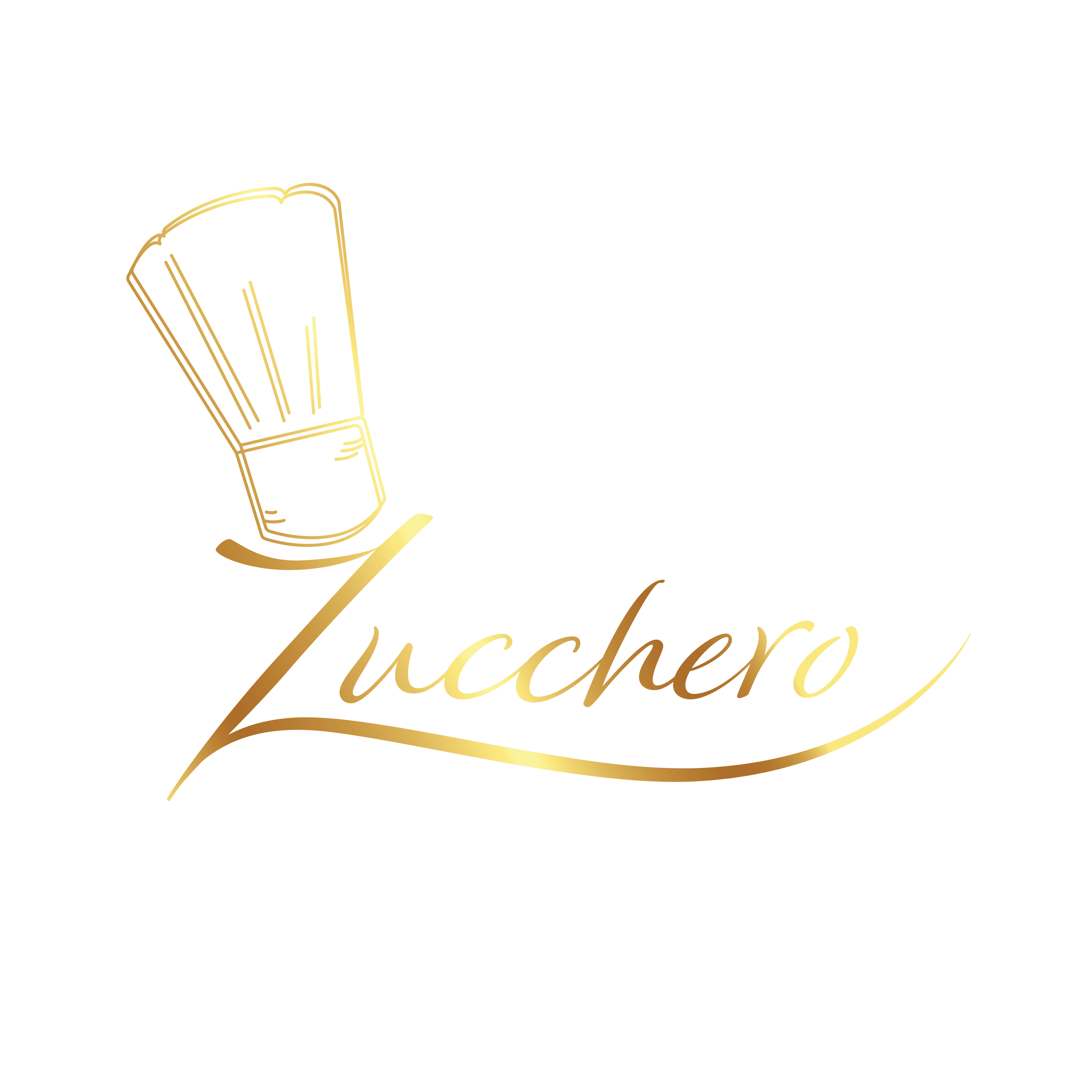

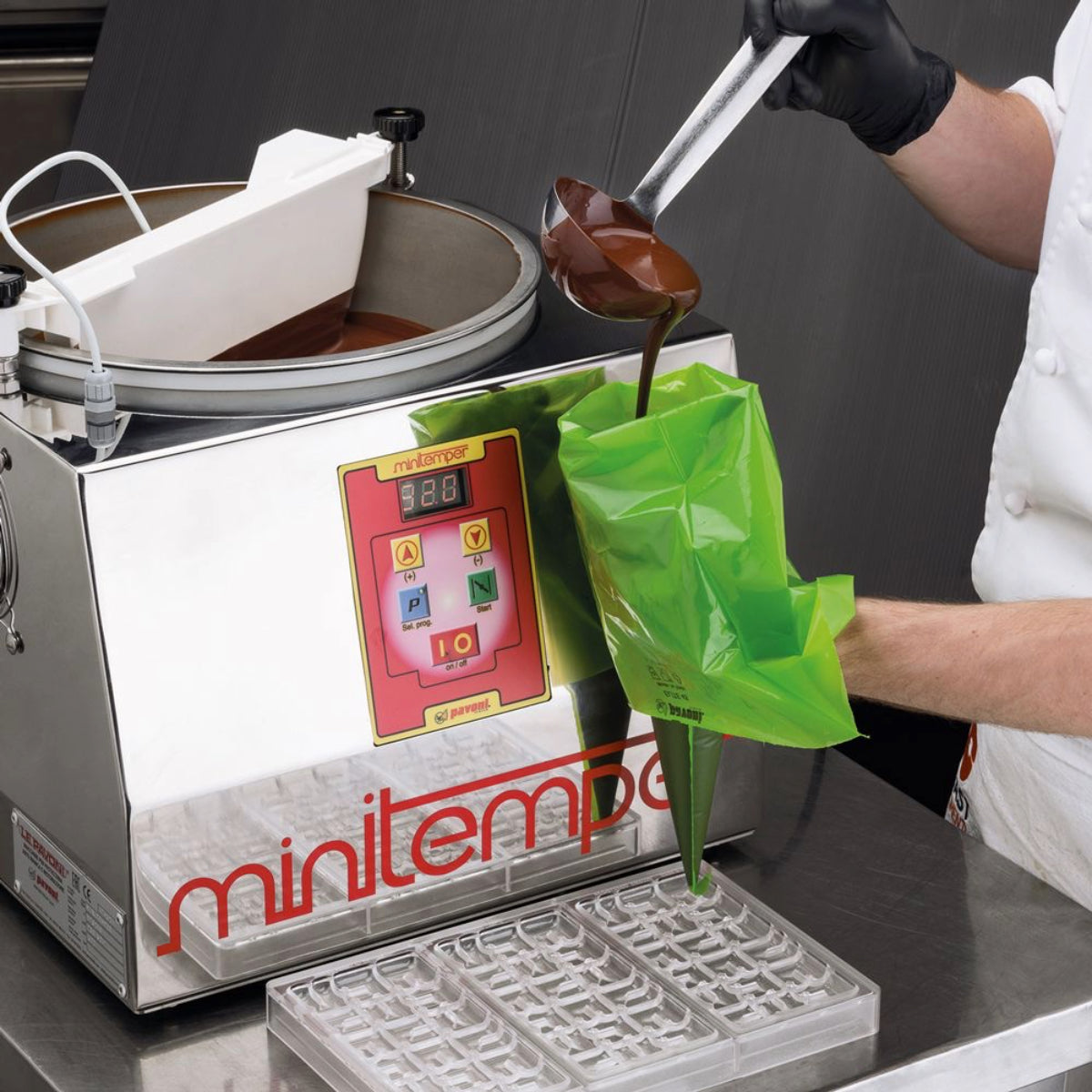

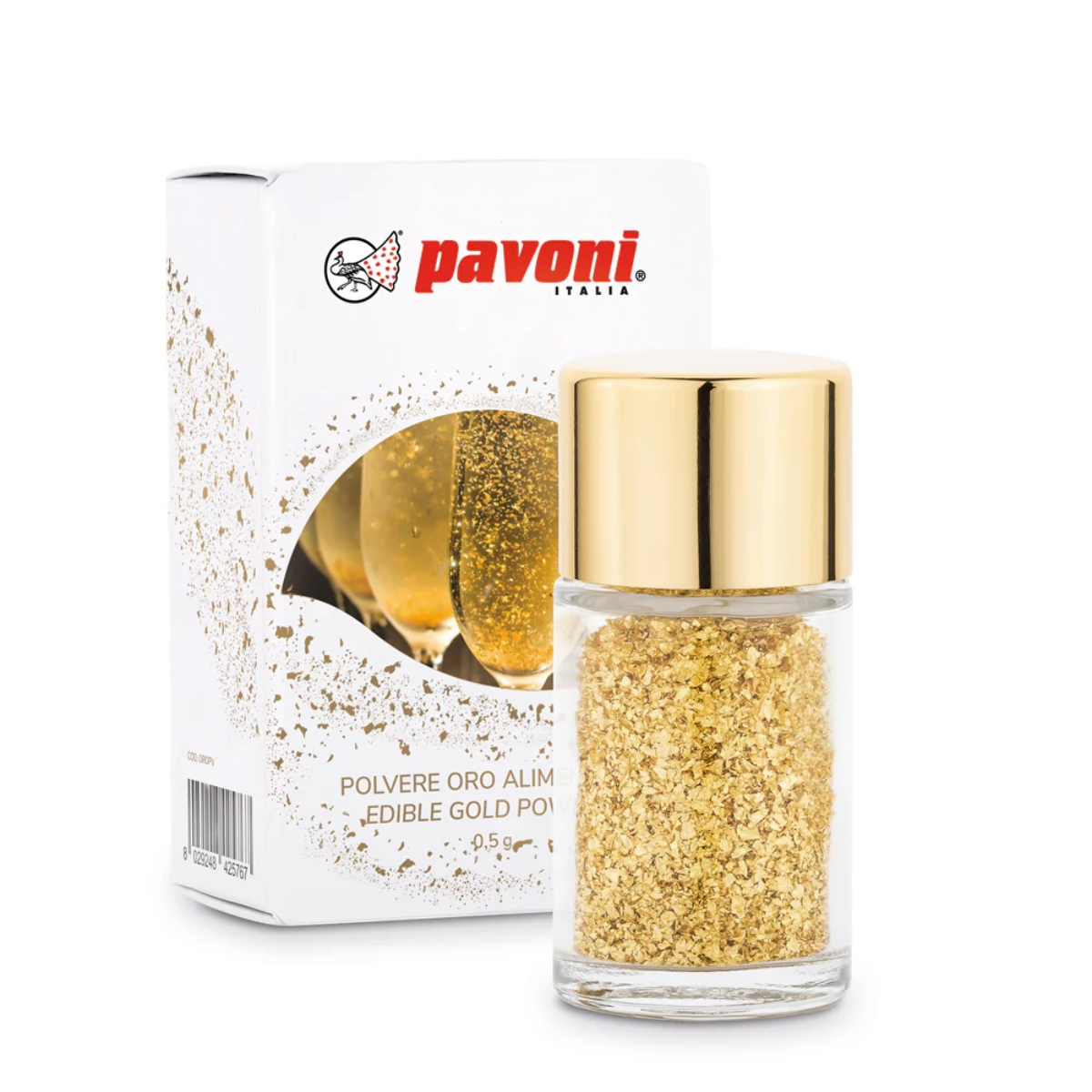




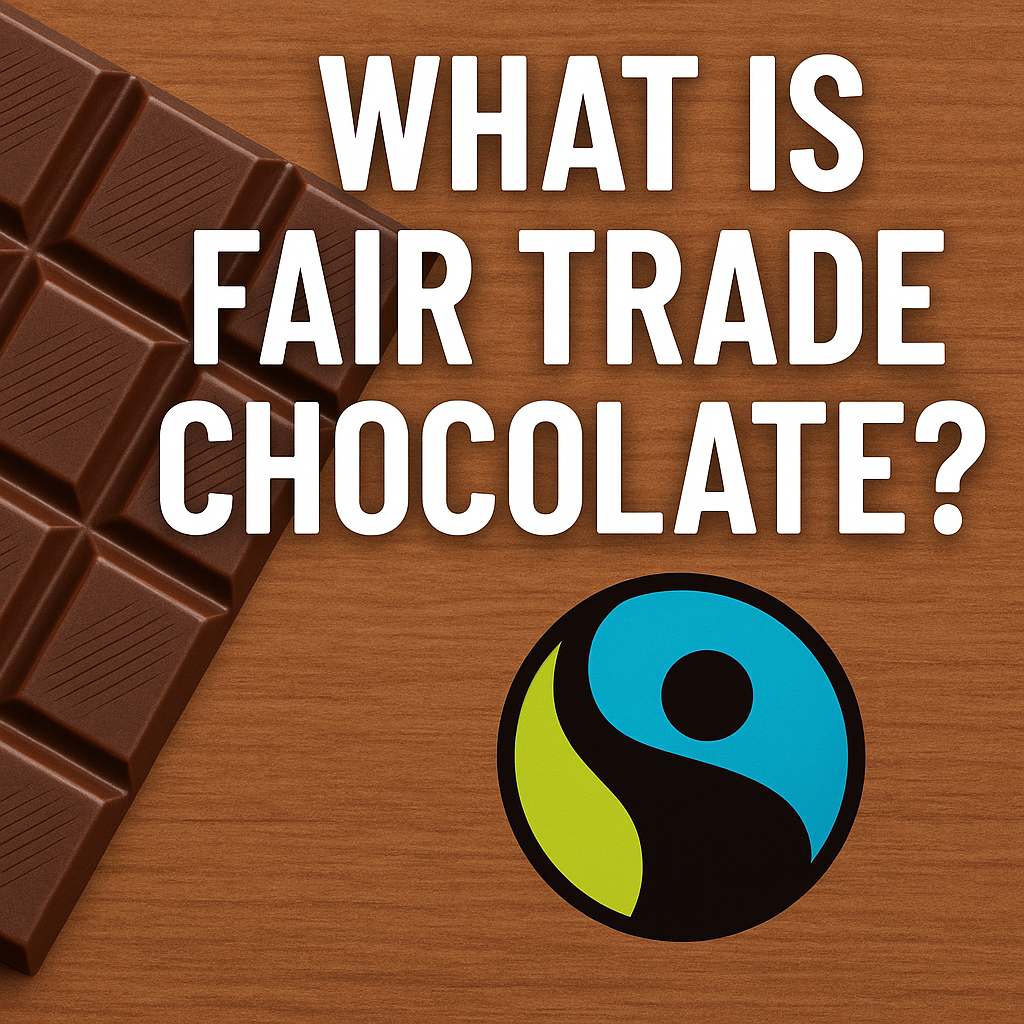
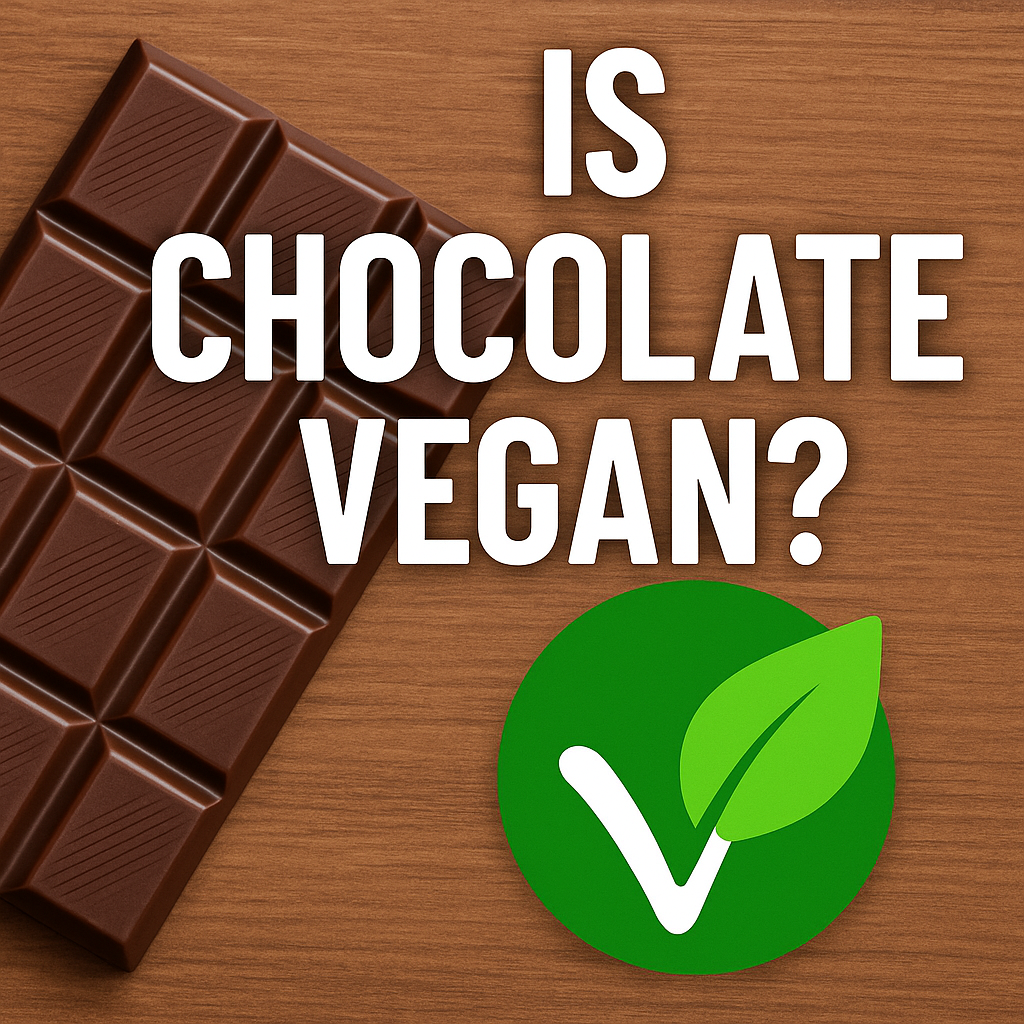
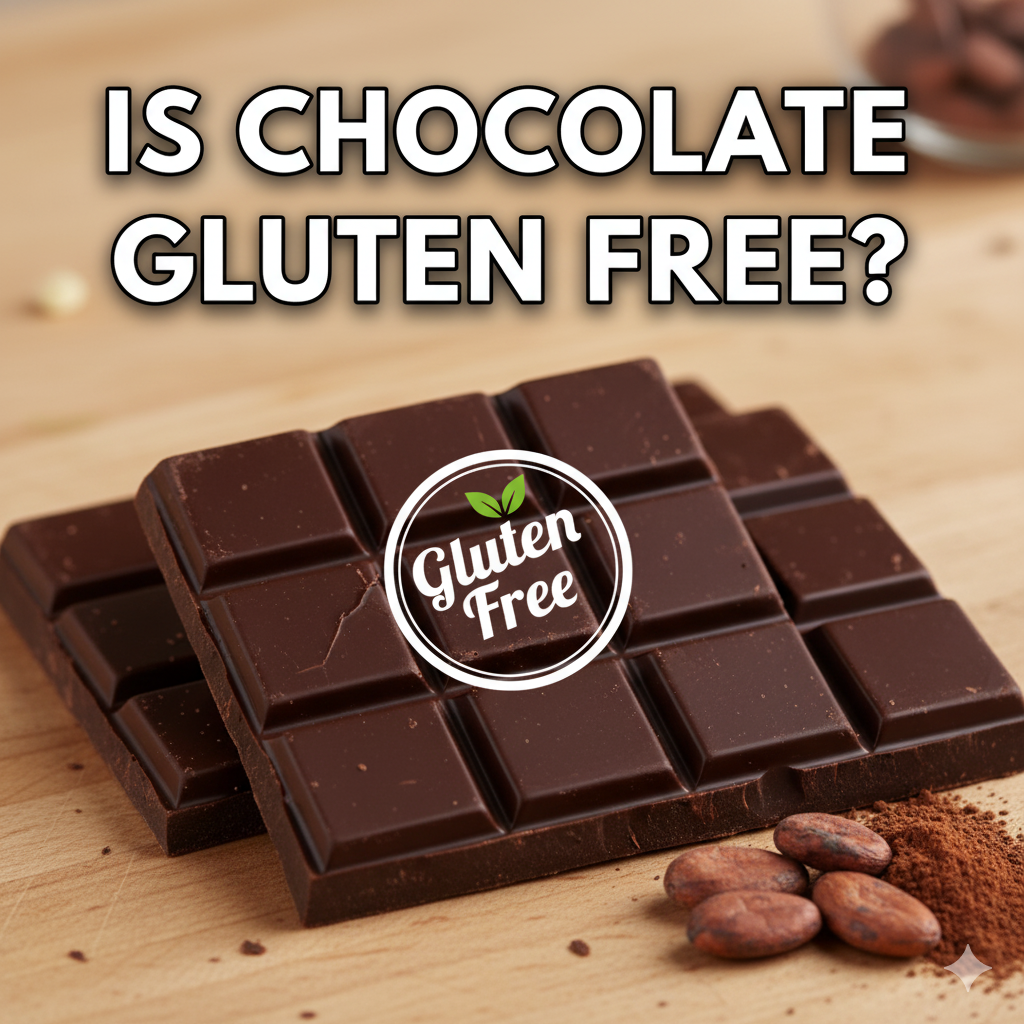


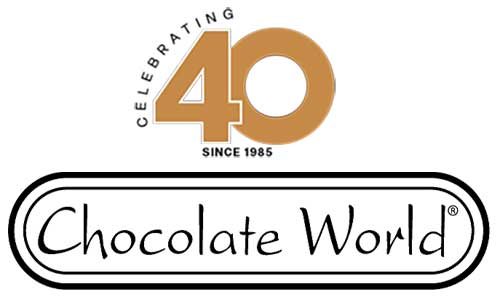

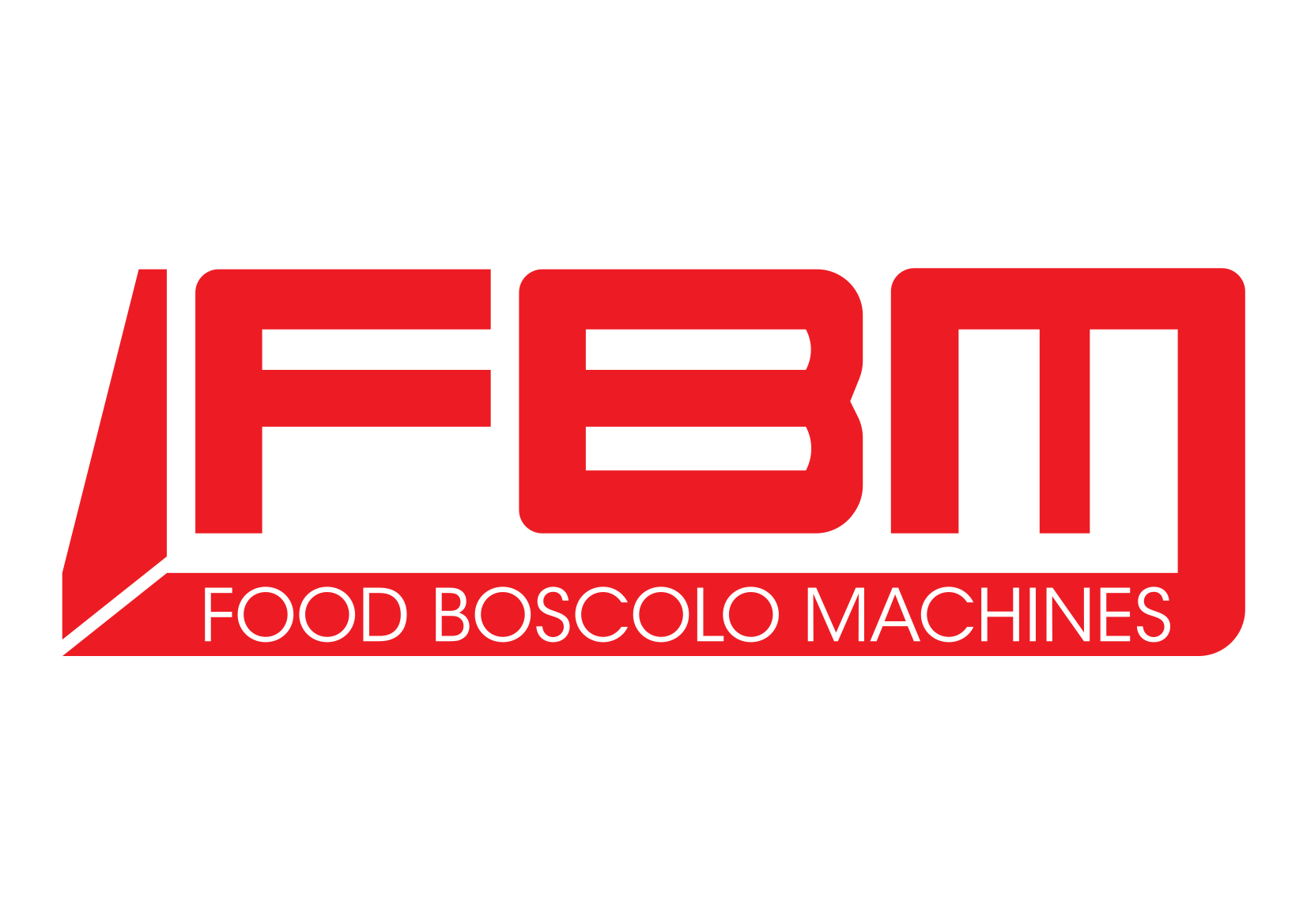
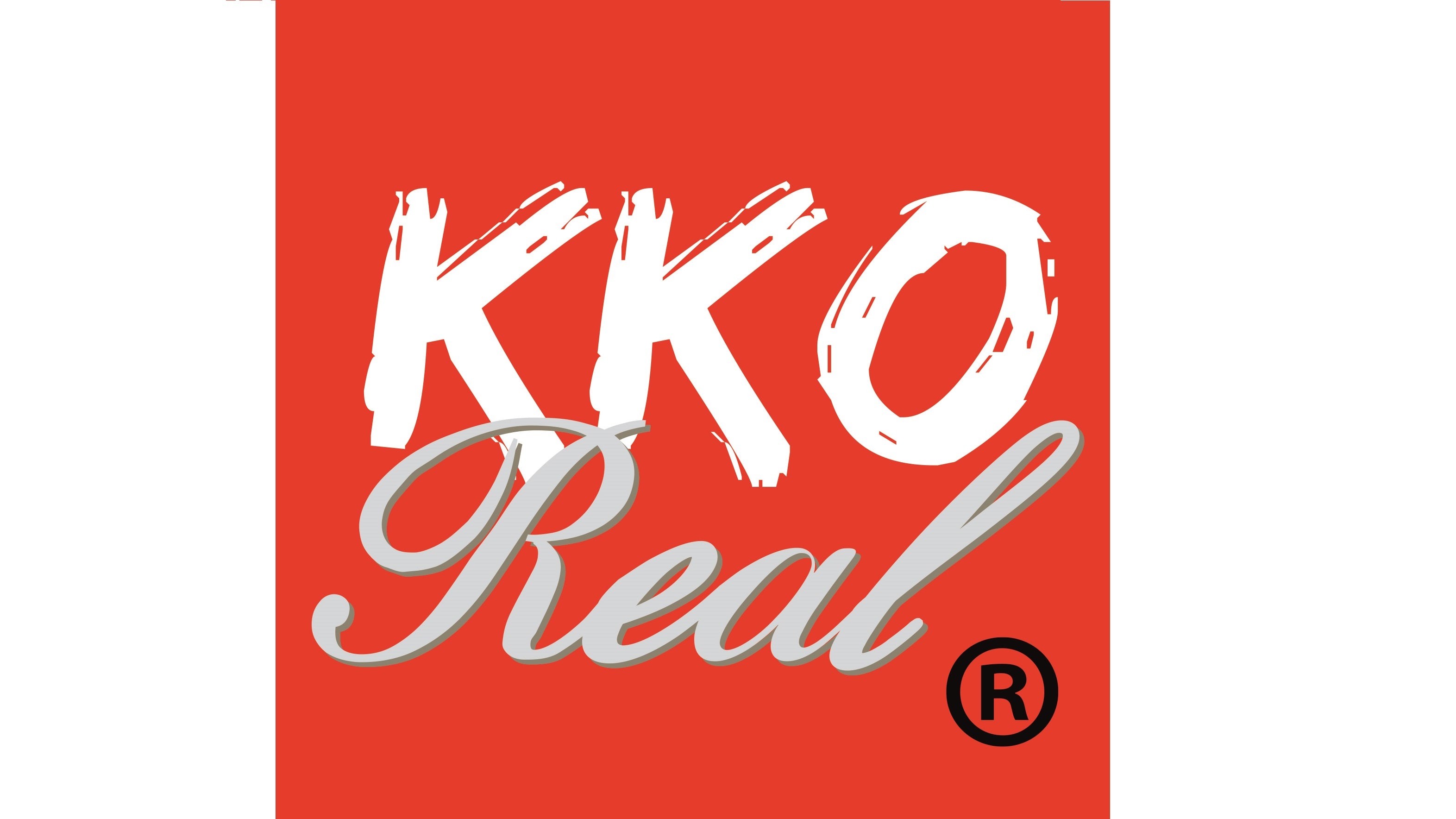

















Leave a comment
All comments are moderated before being published.
This site is protected by hCaptcha and the hCaptcha Privacy Policy and Terms of Service apply.